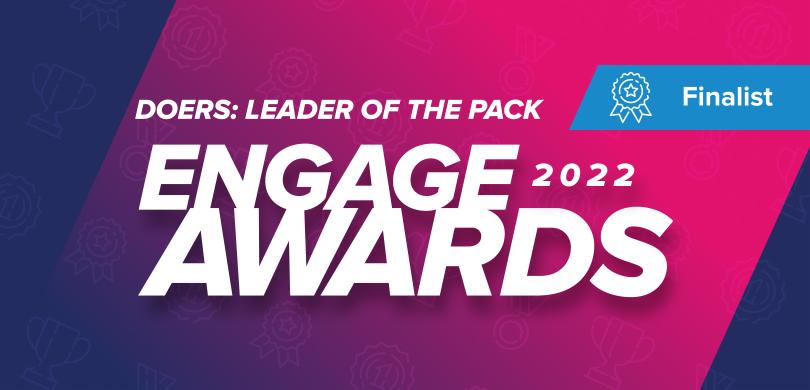The Client
KCTS 9 is a community-licensed and supported nonprofit public television station and media organization owned by Cascade Public Media. The station delivers high-quality drama, news, documentaries, science, kids programming, important local stories, and more from both the PBS library and other programs from around the world. Located in Seattle, KCTS 9 serves more than 100,000 members in Washington State and Canada.
The Situation
As traditional linear television viewing continues to decline, public broadcasting station Cascade realized it needed to meet viewers where they were — and decided to offer video on demand (VOD) content via a next-generation streaming station using an over-the-top (OTT) television platform. But building a modern streaming app with the Netflix-like features and functionality viewers expect was no small task.
The Challenge
Headquartered in Washington State, Cascade is somewhat unusual in that it serves communities in both the U.S. and Canada. Due to each country’s content licensing requirements, the station needed an American and Canadian version of its content catalog, website, and app. But as a public television station with lean technical resources, Cascade didn’t have the ability to build a robust, scalable content platform. And the station’s shoestring budget only served to compound its challenges.
The Solution
Cascade partnered with digital agency Phase2, and the teams chose to build the streaming platform on Drupal 9, appreciating the open source solution’s flexibility and cost-effectiveness. Understanding that its OTT service must be always-on and highly reliable, the teams opted to host the platform on Acquia Cloud. The teams focused first on building the website, pulling in existing PBS service data and augmenting information with relevant metadata, editorial genres, and emotive content tags that allowed the platform to leverage the power of taxonomy. Then, the teams built the API that served the station’s data to OTT applications including Roku, Apple TV, and Fire TV. In essence, Cascade uses Drupal in a hybrid headless way. Drupal serves as both the front and back end for the website, and also serves as the back end for OTT apps where APIs serve content “headlessly.” Using Drupal on Acquia Cloud Platform allows Cascade to use one simple admin to control the website and its apps, with easy scalability, dependable hosting and 24/7 reliability.
Drupal allows Cascade’s lean team of only three developers to easily build taxonomy-based content carousels, augmenting and segmenting content in thoughtful ways. And to make its service even more viewer-friendly, Cascade added personalized recommendations to its content catalogs. Using Neo4j, Phase2 added a recommendation engine to the platform that automatically reorders carousels based on personalized recommendations. The platform not only tracks the viewer’s watch history but identifies lookalike viewers, making recommendations for additional content the viewer may enjoy based on what similar viewers watched. This meant that on the website and the streaming platforms, viewers could more quickly and effectively find content that matched their interests or suited their moods.
The Results
Cascade has received positive viewer feedback on both the website and streaming application. Specifically, metrics show that the regional streaming service is three times stickier than the default PBS video app, based on videos played by station members per visit. Additionally, membership conversion has increased.
In the future, Cascade plans to grow its OTT offerings across more platforms as well as via mobile applications.


